


2025
J. A. Dias, P. Machado, S. Robert, J. Erwin, J. C. Duarte, D. Quirino, M. Lefèvre and C. F. Wilson, Volcanic Gas Plumes' Effect on the Spectrum of Venus Icarus, 116589 (2025)
[ Journal website ]
A. Braude, L. Kerber, F. Lefèvre, A. Y. Jaziri, S. S. Hamid, M. Maurice, M. Lefèvre, E. Millour and F. Forget. Modelling the effect of volcanic outgassing of sulphur on early Martian surface temperatures using a 3-D Global Climate Model. Icarus, 436, 116568 (2025).
[ Journal website | ADS link ]
C. Gillmann, G. Arney, G. Avice, M. Dyer, G. Golabek, A. Gulcher, N. Johnson, M. Lefèvre and T. Widemann. Venus Treatise on Geochemistry (Third Edition), Volume 7, 289-323. (2025)
[ Journal website | arXiv ]
2024
Garcia, R. F., I. van Zelst, T. Kawamura, S. P. Näsholm, A. Horleston, S. Klaasen, M. Lefèvre, C. M. Solberg, K. T. Smolinski, A.-C. Plesa, Q. Brissaud, J. S. Maia, S. C. Stähler, P. Lognonné, M. Panning, A. Gülcher, R. Ghail, and B. De Toffoli. Seismic wave detectability on Venus using ground deformation sensors, infrasound sensors on balloons and airglow imagers Earth and Space Science, 11, e2024EA003670. (2024)
[ Journal website | ADS link ]
T. Encrenaz, T. K. Greathouse, R. Giles, T. Widemann, B. Bézard, F. Lefèvre, M. Lefèvre, W. Shao, H. Sagawa, E. Marcq and A. Arredondo. Stringent upper limits of minor species at the cloud top of Venus: PH3, HCN, and NH3 Astronomy & Astrophysics, 690, A304. (2024)
[ Journal website | ADS link ]
J. Leconte, A. Spiga, N. Clément, S. Guerlet, F. Selsis, G. Milcareck, T. Cavalié, R. Moreno, E. Lellouch, Ó. Carrión-González, B. Charnay and M. Lefèvre. A 3D picture of moist-convection inhibition in hydrogen-rich atmospheres: Implications for K2-18 b Astronomy & Astrophysics, 686, A131. (2024)
[ Journal website | ADS link | arXiv ]
M. Lefèvre, F. Lefèvre, E. Marcq, A. Määttänen, A. Stolzenbach and N. Streel. Impact of the Turbulent Vertical Mixing on Chemical and Cloud Species in the Venus Cloud Layer Geophysical Research Letters, 86, 115148. (2024)
[ Journal website | ADS link | Bibtex entry ]
C. Wilson, E. Marcq, C. Gillmann, T. Widemann, O. Korablev, N. Mueller, M. Lefèvre, P. Rimmer, S. Robert, M. Zolotov and T. Widemann. Possible Effects of Volcanic Eruptions on the Modern Atmosphere of Venus Space Science Reviews, Chapter part of Venus: Evolution Through Time collection, 220, 31. (2024)
[ Journal website | ADS link | Bibtex entry ]
2023
E. Marcq, B. Bézard, J.-M. Reess, F. Henry, S. Érard, S. Robert, F. Montmessin, F. Lefèvre, M. Lefèvre, A. Stolzenbach, J.-L. Bertaux, G. Piccioni, and P. Drossart. Minor species in Venus’ night side troposphere as observed by VIRTIS-H/Venus Express Icarus, 405, 115714. (2023)
[ Journal website | ADS link | Bibtex entry ]
T. Encrenaz, T. K. Greathouse, R. Giles, T. Widemann, B. Bézard, M. Lefèvre, and W. Shao. HDO and SO2 Thermal mapping on Venus. VI. An anomalous SO2 behavior during Autumn 2021 Astronomy & Astrophysics, 674, A199. (2023)
[ Journal website | ADS link | Bibtex entry ]
2022
M. Lefèvre, X. Tan, E. Lee, and R. T. Pierrehumbert. Cloud-convection feedback in brown dwarfs atmosphere The Astrophysical Journal, 929, 153. (2022)
[ arXiv | Journal website | ADS link | Bibtex entry ]
M. Lefèvre, E. Marcq, and F. Lefèvre. The Impact of Turbulent Vertical Mixing in the Venus Clouds on Chemical Tracers Icarus, 86, 115148. (2022)
[ arXiv | Journal website | ADS link | Bibtex entry ]
M. Lefèvre Venus boundary layer dynamics: eolian transport and convective vortex Icarus, 387, 115167. (2022)
[ arXiv | Journal website | ADS link | Bibtex entry ]
2021
M. Lefèvre, M. Turbet, and R. T. Pierrehumbert. 3D cloud-convection model of temperate, tidally-locked exoplanets The Astrophysical Journal, 913, 101. (2021)
[ PDF version | arXiv | Journal website | ADS link | Bibtex entry ]
X. Tan, M. Lefèvre, and R. T. Pierrehumbert. Convection Modeling of Pure-steam Atmospheres The Astrophysical Journal Letters,923, L15. (2021)
[ arXiv | Journal website | ADS link | Bibtex entry ]
G. Mahapatra, M. Lefèvre, L. Rossi, A. Spiga, and D. M. Stam. Polarimetry as a tool for observing orographic gravity waves on Venus The Planetary Science Journal, 2(3):96. (2021)
[ Journal website | ADS link | Bibtex entry ]
J. E. Silva, P. Machado, J. Peralta, F. Brasil, S. Lebonnois, and M. Lefèvre Characterising atmospheric gravity waves on the nightside lower clouds of Venus: a systematic analysis Astronomy & Astrophysics, 649, A34. (2021)
[ arXiv | Journal website | ADS link | Bibtex entry ]
T. Fauchez, et al. TRAPPIST Habitable Atmosphere Intercomparaison (THAI) workshop report Planetary Science Journal., 2(3):106. (2021)
[ arXiv | Journal website | ADS link | Bibtex entry ]
2020
M. Lefèvre, A. Spiga, and S. Lebonnois. Mesoscale modeling of Venus' bow-shape waves Icarus, 335-113376. (2020)
[ PDF version | arXiv | Journal website | ADS link | Bibtex entry ]
2018
M. Lefèvre, S. Lebonnois, and A. Spiga. Three-dimensional turbulence-resolving modeling of the Venusian cloud layer and induced gravity waves: inclusion of complete radiative transfer and wind shear Journal of Geophysical Research (Planets), 123. (2018)
[ PDF version | Journal website | ADS link | Bibtex entry ]
O. Venot, Y. Bénilan, N. Fray,M.-C. Gazeau, F. Lefèvre, Et. Es-sebbar, E. Hébrard, M. Schwell, C. Bahrini, F. Montmessin, M. Lefèvre, and I. P. Waldmann.VUV-absorption cross section of carbon dioxide from 150 to 800 K and applications to warm exoplanetary atmospheres Astronomy & Astrophysics, 609:a34. (2018)
[ arXiv | Journal website | ADS link | Bibtex entry ]
2017
M. Lefèvre, A. Spiga, and S. Lebonnois. Three-dimensional turbulence-resolving modeling of the Venusian cloud layer and induced gravity waves Journal of Geophysical Research (Planets), 122:134--149. (2017)
[ PDF version | Journal website | ADS link | Bibtex entry ]










